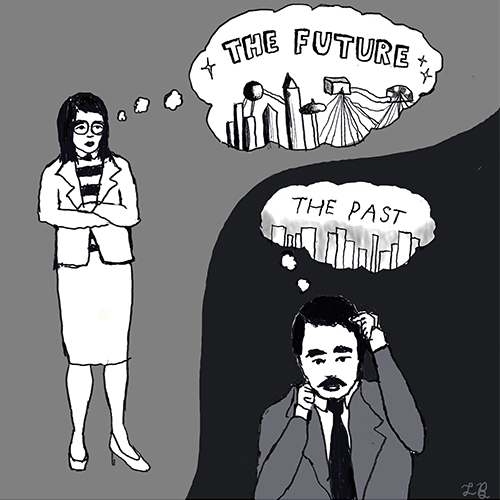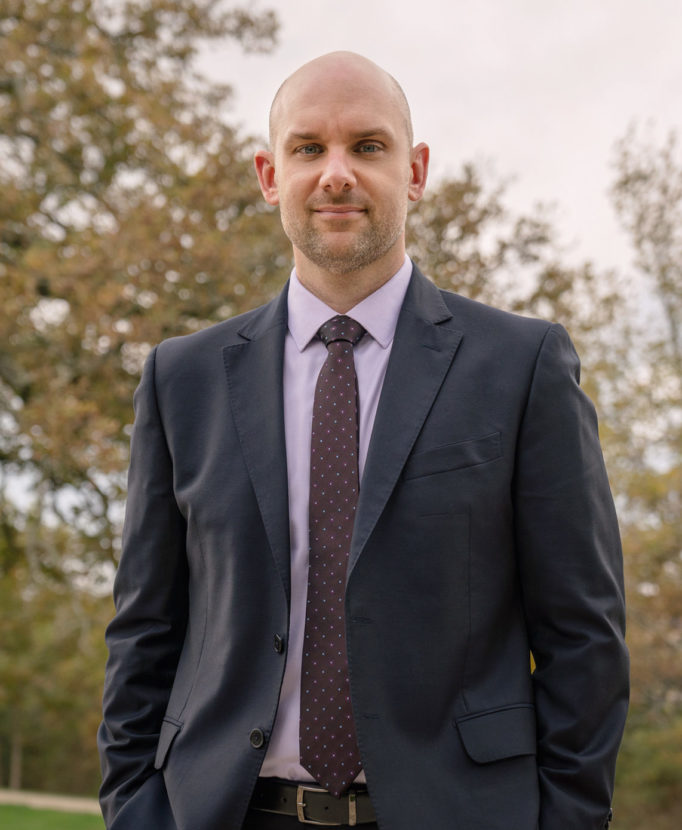Celeb Shot
Visionary Leadership Has Never Been Easier to Spot, or More Important
Organizational Psychologist, Dr. Anthony Klotz, shares insights on the future of work and the qualities of visionary leadership.

The defining characteristic of leadership has rarely been more critical than in this moment in the evolution of work. So why are we mainly hearing about those who are not enacting it?
Although many aspects of life have returned to how they were prior to 2020, the world of work remains unsettled. This is not an easy time for those who hold leadership positions. Broadly speaking, the years prior to the pandemic were good ones for organizations and those at the top of them. The past two years, however, have been among the most demanding in history for executives, who have had to respond to the myriad of challenges caused by the pandemic, navigate the effects of impactful social movements, deal with the human and economic consequences of war, and more.
However, the disruption of the past two years has a silver lining—the opportunity to redesign how work gets done. For the first time in the industrialized era, there is really no default way of working. It turns out, work is far more flexible than most of us imagined it could be. In addition, rather than resisting changes to the way they work, employees are largely clamoring for their leaders to rethink the way work gets done. This is rather extraordinary, given that the first and often toughest step in creating organizational change is getting people to leave their comfort zones. If there was ever a time for taking a quantum leap forward in terms of making work more energizing, inclusive, and sustainable for humankind, this is it.
So the question of the moment is, are those in leadership positions seizing this opportunity to create a better world of work?
If you read the business news, you may be tempted to answer with a “no.” The past year has given us plenty of highly publicized examples of CEOs mandating that their employees return to the way they worked in 2019. But these stories paint an incomplete picture of the leadership landscape right now. Most leaders with whom I speak are not leading through the rearview mirror but are instead looking forward and innovating with new ways of working.
What differentiates these two types of responses to the uncertainty faced by leaders? Well, it is in this awkward in-between space between what work was, and what it will be, that perhaps the defining characteristic of leadership has become more important and clearer than ever.
It’s vision.
Leaders are charged with creating an image of a future state that employees are motivated to help make a reality. And right now, many leaders are doing just that, envisioning a horizon in which their workforce is energized and where their workers have rich lives both in and outside of work.
At the same time, other executives are limiting their future thinking to their business models and product lines. When it comes to their people, they are looking to the past and defaulting to work designs that have been around for over a century. In doing so, they are forgoing the competitive advantage through people that is being realized by their peers who are doing the hard work of researching and developing new and more engaging ways of working.

How Do You Spot a Visionary Leader?
Speaking of hard work, crafting a compelling vision of a workforce’s future is easier said than done; there are no one-size-fits-all solutions. I’ve observed that forward-thinking leaders tend to embrace two practices that are not always associated with leadership: listening and curiosity.
Although the term visionary leader may call to mind the lone genius who has the ability to see the future in a way that others cannot, the reality is that developing a vision is typically a co-creative process between leaders and employees. Numerous surveys suggest that the past 2-3 years have altered how employees feel about work. To understand how employees have changed and what it means for designing work that supports their well-being requires what is increasingly being seen as a leadership superpower: the ability to listen.
Developing or recrafting a vision involves imagining future states that may seem unattainable or unrealistic. However, leaders are often expected to have all of the answers, and the pressure associated with those expectations can stifle the time they devote to open-minded exploration. The best leaders find the time to kindle their curiosity and think about the future of work with an inquisitive mindset. Doing so not only facilitates the vision-crafting process, but when employees observe curiosity in their leaders, they become more vocal about changing the future for the better as well.
Leaders Wanted
Executives’ impulses to guide their firm back to the safe harbor of the pre-pandemic world is an understandable one. But while the years before the pandemic may have been good for companies, often that goodness did not translate into employee well-being. Too many jobs and workplaces depleted more energy from workers than they gave back, causing high levels of stress and costly tradeoffs between people’s jobs and their lives outside of work. For many workers, the world of work of 2019 was not sustainable, and improvements to it were not coming fast enough. The past few years have been tough, but they have given a glimpse of a better world of work. To turn that glimpse into a vision, and orient their company toward that brighter future, is the embodiment of leadership.
Events aren’t easy, but working with WSB is. WSB works with thousands of respected influencers, thought leaders, and speakers each year and our experienced sales team is committed to the success of your event. For more leadership speaker ideas, please contact us.
